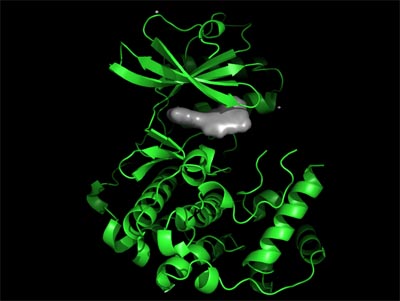Collaboration Landscape
SAM Research
 Our drug design projects involve situations when a number of partners collaborate to jointly solve molecular design problems as an early stage step in a drug discovery situation. The partners may involve commercial organisations, academic labs, and individual consultants who form a Virtual Organisation (VO) to collaborate on running the project, that typically has been historically carried out at a pharmaceutical organisation. The knowledge and experience of the partners involved is a critical resource and success factor for the project as is the ability to collaborate effectively. Additional resources include computer software and machinery for molecular design, modelling and virtual screening, experimental lab facilities for running assays and experiments on predicted hits for the problem studied, and supporting Information and Communications Technology (ICT) infrastructure. A significant amount of activity involving analysis, interpretation of results, synthesis and discussion is involved in many steps of the research process. More
Our drug design projects involve situations when a number of partners collaborate to jointly solve molecular design problems as an early stage step in a drug discovery situation. The partners may involve commercial organisations, academic labs, and individual consultants who form a Virtual Organisation (VO) to collaborate on running the project, that typically has been historically carried out at a pharmaceutical organisation. The knowledge and experience of the partners involved is a critical resource and success factor for the project as is the ability to collaborate effectively. Additional resources include computer software and machinery for molecular design, modelling and virtual screening, experimental lab facilities for running assays and experiments on predicted hits for the problem studied, and supporting Information and Communications Technology (ICT) infrastructure. A significant amount of activity involving analysis, interpretation of results, synthesis and discussion is involved in many steps of the research process. More
Did you know?

Proteins are used by cells as tools to carry out most of their biological processes, ranging from the respiration or metabolism of nutrients, to the sending and processing of intra- and intercellular signals, and to maintaining cellular shape, ensuring growth and controlling cell division.
The activities of the proteins responsible for these activities can usually be regulated by binding small molecules to them, a property that is often used in rational drug design. In the case of developing a drug against a pathogenic or parasitic organism, one strategy is to identify a protein whose proper function is essential for the organism’s survival, and subsequently to find a chemical that inhibits this protein’s function.


